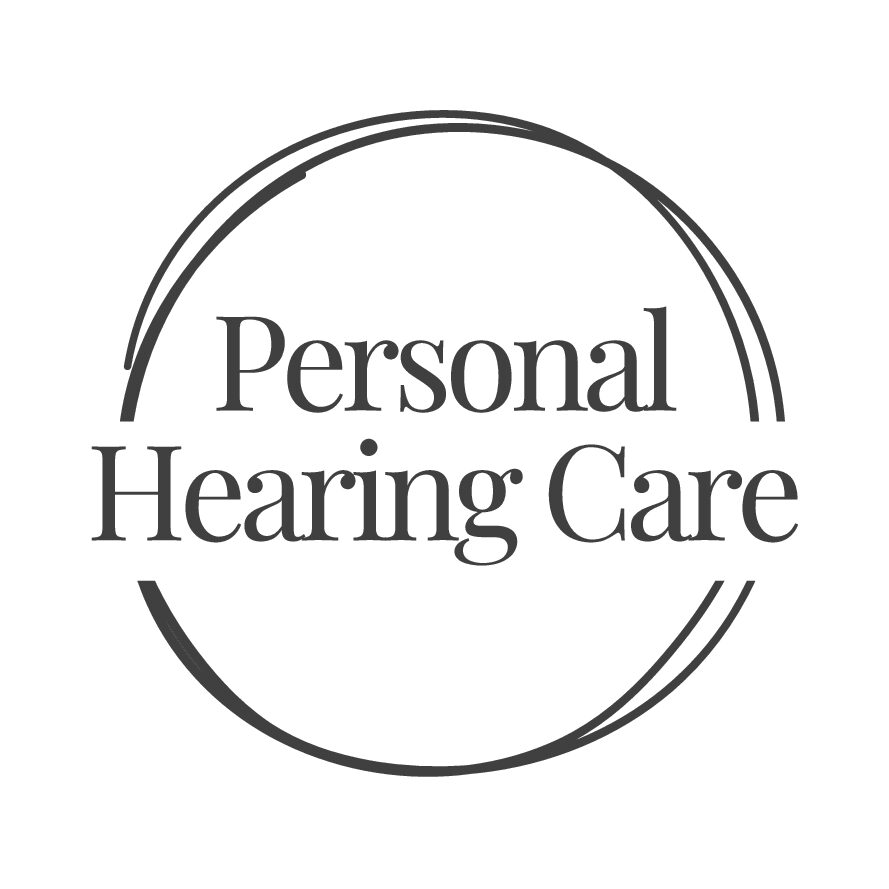Effective Communication Strategies

Communicating with Hearing Loss
We understand the profound impact that communication has on your daily life. Whether you're personally navigating hearing loss or communicating with someone experiencing it, we're here to guide you through effective strategies to enhance understanding and connection.



Maintain Eye Contact
-
Establishing and maintaining eye contact can help you better understand and follow conversations. Visual cues and lip-reading can make a big difference.
-
Optimal Seating
-
Choose strategic seating arrangements in social settings. Position yourself in well-lit areas where facial expressions and lip movements are easily visible. Selecting a seat with your back to a wall can help reduce background noise and distractions.
-
Reduce Background Noise
-
Background noise can be particularly challenging for anyone with hearing loss. Choose quiet environments whenever possible and minimize competing sounds to create an optimal setting for communication.
-
Ask Others to Rephrase
-
If you don’t understand what someone said, ask them to rephrase it. This provides you with a new perspective and may help you understand what was said.
-
Ensure Adequate Lighting
-
Good visibility enhances communication for individuals with hearing loss. Ensure that the room is well-lit, allowing you to see facial expressions, gestures, and any visual aids.
-
Utilize Assistive Listening Devices
-
Explore using assistive listening devices, such as personal amplifiers or FM systems. These devices can enhance the clarity of speech, especially in environments with ambient noise.
-
Practice Active Listening
-
Engage in active listening by focusing on the speaker, nodding to indicate understanding, and asking for clarification when needed. This not only ensures understanding but also reinforces your commitment to effective communication.
-
Educate Others
-
Promote awareness about hearing loss within your social circles. Educate friends, family, and colleagues about the best ways to communicate with you. A supportive environment fosters clearer communication and stronger connections.
-

How to Communicate with Someone Who Has Hearing Loss
Do you have a friend, family member, or loved one with hearing loss? Here’s how you can enhance communication:



Get Their Attention
-
Before initiating a conversation, make sure you have their attention. A gentle tap on the shoulder or a visual cue can help them tune in before you start talking.
-
Choose the Right Environment
-
Opt for quiet settings with minimal background noise when having conversations. This creates an ideal environment for effective communication.
-
Face the Person Directly
-
Position yourself so that your face is well-lit, and you are facing your loved one directly. This allows them to see your facial expressions, lip movements, and other visual cues.
-
Be Mindful of Your Position
-
Avoid covering your mouth with your hands or objects while speaking, as this can hinder lip-reading and make it harder to read your facial expressions.
-
Speak Clearly and at a Moderate Pace
-
Enunciate your words clearly but avoid exaggerated lip movements. Speak at a moderate pace so that your loved one has time to process what you’re saying.
-
Rephrase Instead of Repeat
-
If the person is having difficulty understanding what you’ve said, try rephrasing your statement rather than repeating it verbatim. This provides a fresh perspective and may improve understanding.
-
Use Gestures and Visual Aids
-
Incorporate gestures and visual aids to support your verbal communication. These additional cues can provide important context.
-
Be Patient and Encouraging
-
Patience is key when communicating with someone who has hearing loss. Allow them the time they need to hear and process information and offer encouragement and support throughout the conversation.
-
Check for Understanding
-
Periodically check in with your loved one to make sure they are following the conversation. Encourage them to ask for clarification or repetition if needed.
-
Visit Us for Ongoing Support
We believe that fostering effective communication can improve the lives of individuals with hearing loss. Whether you are seeking strategies for yourself or a loved one with hearing loss, our team is dedicated to providing support and guidance. Contact us today to explore personalized solutions and embark on a journey to better hearing and enhanced communication.

